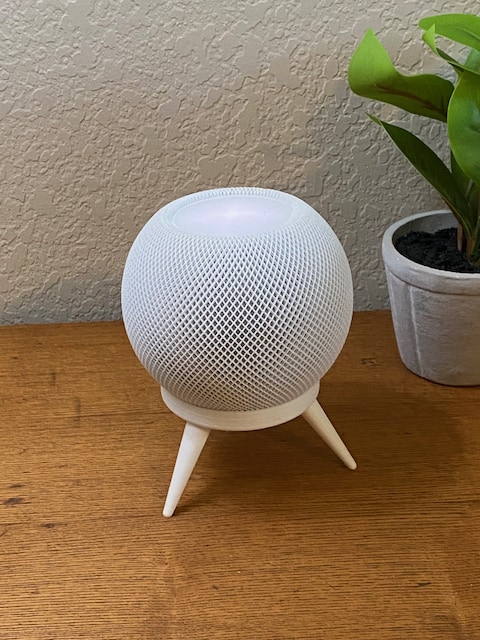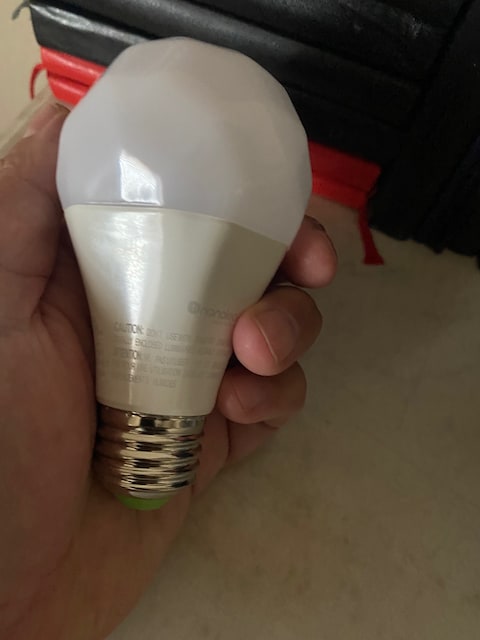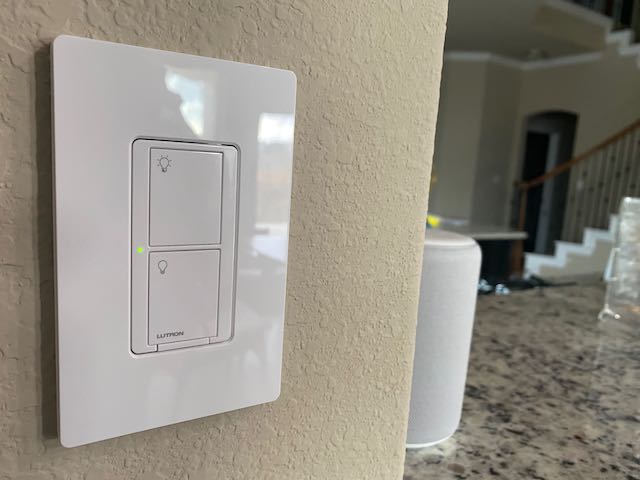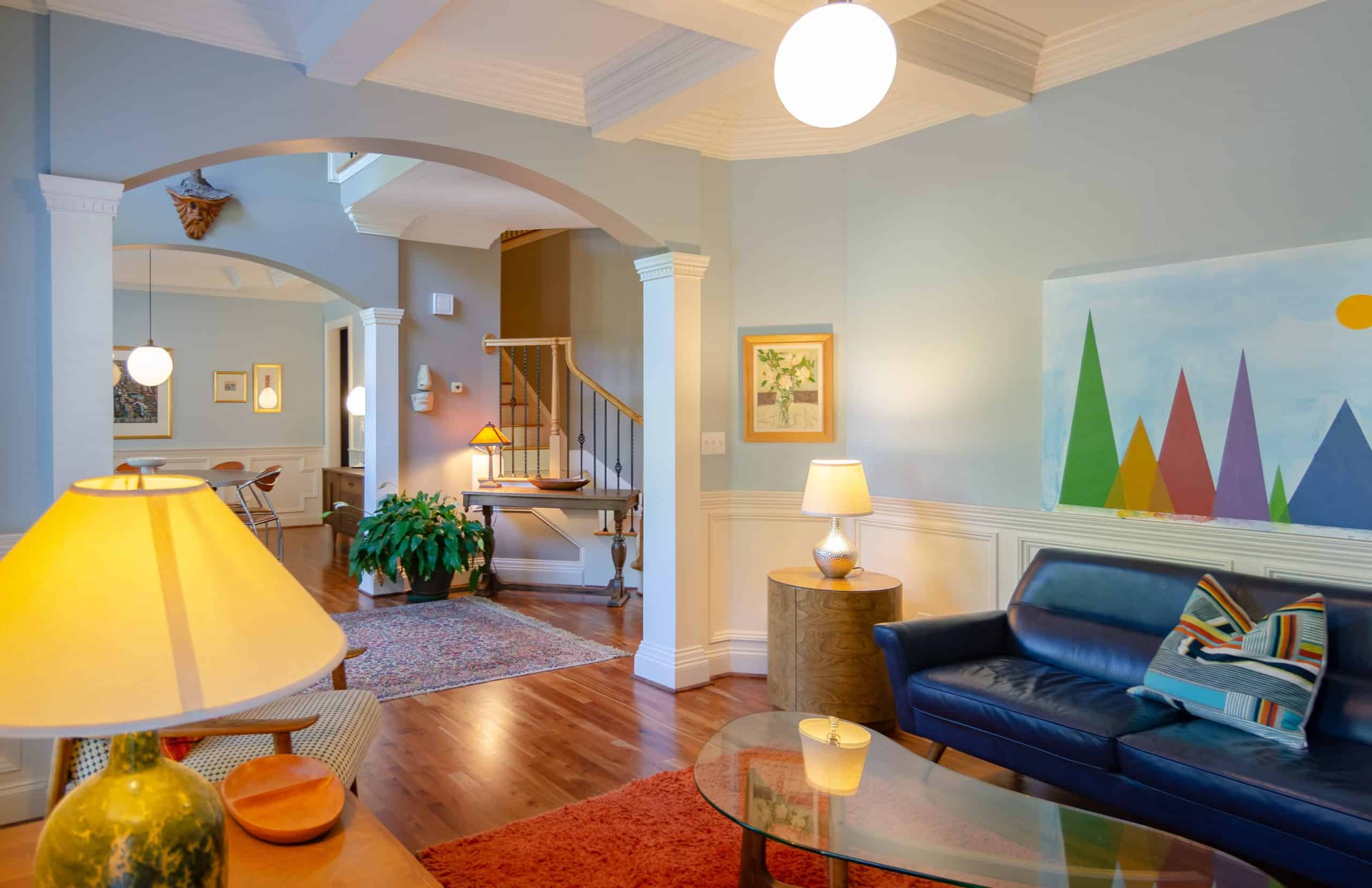How to Turn a House Into a Smart Home for Under $220
Are you ready to take your home to the next level? Have you ever thought “How do I make Siri turn on lights?”
If you have an iPhone, then you have everything you need to get started to turn your home into a smart home. The technology is no longer out of reach, and it’s easy to get 4 devices for right around $200.
In this post I’ve put together the very best items to get your home automation system started in the spring of 2022. I’m sure when I read back on this post in 20 years, we will laugh, but right now this is the stuff to get!
Prices range from $15 to $99 so there is something for everyone, but when you put all 4 of these different smart devices together you can do a lot of different things, including:
- Automate the light in your Pantry, laundry or closet to go on and off automatically
- Turn off a light in a room across the house
- Be notified when you leave your garage door open
- Make a cool YouTube background with color lights
I’ve included links to the products if you want to get them.
| Hub | Switch | Bulb | Sensor | |
| Device | Apple HomePod mini | Lutron Caseta | NanoLeaf Essentials A-19 | Eve Door & Window Sensor |
| Purpose | Siri and Controller | Smart Wall Switch | 16 Million Colors | Sensor |
| Cost = $212 | 99.00 | 59.00 | 15.00 | 39.00 |
How to Make a Smart Home Under $250.
Smart Speaker – Apple HomePod mini
Price $99
Remaining Balance $121
Related Article: Setting up your HomePod Mini

The first device that should be considered is a smart speaker. The one I have selected has the best privacy policy, and does a lot to make sure that all the other devices work seamlessly.
It’s the Apple HomePod mini for just $99 – available directly from the Apple Website.
If you don’t want to pay full price you can usually find a like new or gently used one on Ebay, Mercari, or even FB Marketplace.
In case you didn’t know a Smart Speaker is a device connected to your WiFi that listens for a key word ~ “Hey Siri” in this case. It will then will perform a query or do a command based on what you ask.
The HomePod mini looks great, is easy to control, comes in 5 stylish colors, and has the best sound of all the different Smart Speakers out there.
This device runs on Apple Homekit (Apple’s Home Automation ecosystem) and it is built in, so there is really nothing you need to do. It will connect to your iPhone or iPad quickly and seamlessly.
Once you have any other Homekit enabled device, the HomePod mini (and Siri) automatically recognize it and now you can control it using your voice. “Hey Siri ~ turn off the light” for instance.
Also, because the HomePod mini has such great sound I often say “ Hey Siri – Play some ambient study music” and I get nice background noise to help me stay focused.
Since we have an open floorpan with the kitchen, dining area, and family room connected, I just have one HomePod mini (it easily fills the entire space with sound).
Kids can also use it to play games too “Hey Siri – What is your favorite animal?”
Why Apple over Alexa or Google? #1 is privacy and security. Apple has a very strong privacy policy, With the other speakers I feel like my data is going to be used to try to sell me things, and I’m not OK with that.
Lightbulb – NanoLeaf Essentials A-19
Price $15
Remaining Balance $106
Related Article: Using the Nanoleaf A-19 in my Bedroom

With so many choices in Smart Lightbulbs to choose from, which is the Best?
There are lots of factors to consider including price, longevity, energy use, features, and compatibility.
Let me start by saying that going to a smart bulb is one of the easiest things to do and has a lot of features to play with.
The benefits of this bulb are many – it has 16 MILLION colors. It is VERY energy efficient. Set up is literally just screw it in. Plus it should last for about 1,041.67 days (with normal use)
And ~ if you really want to nerd out it has Thread – that means it creates it’s own mesh network like Bluetooth to connect to all your other Home Automation devices – automatically.
The NanoLeaf Essentials A-19 is also one of the lowest cost bulbs so it won’t break the bank, and keeps us on our budget.
Sensor – Eve Door & Window Sensor
Price $39
Remaining Balance $67
The next item I recommend is to have a door (or window, or cabinet) sensor. I use these Homekit enabled sensors all over.
Here are just a few places I have them installed:
- Pantry, laundry, attic, doors
- Medicine or Liquor Cabinet
- Mailbox
- Back Gate
- Garage Door
Why do I need a door sensor you ask? Well a sensor is the thing that tells the HomeKit system when to do something.
Sure you can have voice controls, but how cool would it be to have the outside lights come on automatically when the garage door opens ( that was one of my first projects).
The Eve Door and Window Sensors are battery powered (lasts a looooong time) and also Thread enabled so super reliable.
Plus, no cloud, or registration, or anything else needed. Just connect to HomeKit and you are good!
Switch – Lutron Caseta
Price $59
Remaining Balance $10 (go get yourself a taco!)
Related Article: Why I use Smart Light Switches

The last item I like to recommend to get your smart house up and running is the Lutron Caseta switch.
Why do I need a smart switch when I can just change the lightbulb? Well, if you are like me, you have some places where there are lots of lights on one switch. For me that is in my kitchen. I have 6 CF-recessed can lights in my ceiling. I don’t want to change all them, so I change one switch.
Also I have some custom light fixtures like chandeliers, or bare LED Edison bulbs that I don’t what to change to a Smart Bulb- so I use a hardwired smart switch.
I like the Lutron switches because they have a dedicated on and off switch. Press one for lights, press the other to turn them off. Because that’s how a light switch should work.
They are easy to wire too. It only takes me about 15 minutes to change out the old switches.
And they are HomeKit enabled and Siri Compatible too, so I can say (Siri turn off the dining room lights) and presto. It’s done.
Final Thoughts
Until Recently it was hard to turn your home into a smart home. There were so many different things and none of them worked together.
Now if you have an iPhone, you are already 90% on the road to making a smart home automation system.
As I do DIY stuff around the house I’m already changing lights and outlets and stuff, so why not just take that extra step and automate it at the same time.
You can purchase any of the above items individually and start slowly, but for a small investment you get so much more and have a lot more options.
Combine the sensor and the switch, or create a morning routine to turn on a light, and play the news. It’s all at your fingertips.
As you want to add more features, you can – just look for the HomeKit logo, and you know you have a 100% compatible device that will work seamlessly.
If you want to know how I do it – here is a list of all the devices in my House.

